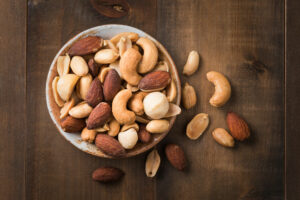
7 mistakes to avoid for preventing and managing skin diseases
Many people follow a great skincare routine by applying expensive creams and lotions but still encounter skin conditions like acne, eczema, and rashes. While it’s great to know the best practices for keeping your skin healthy, preventive skin care is equally important. Here are some unhealthy habits you need to stop immediately to keep skin conditions at bay and manage existing problems. These tips are easy to follow and don’t cost a lot. Having too much sugar and refined carbs Research shows that refined carbs and sugar increase the risk of type 2 diabetes and cardiovascular issues. But did you know that foods rich in sugar and carbs also lead to skin disease? Excessive sugar leads to a spike in insulin levels. This, in turn, causes the pores to secrete excess oil, leading to clogged pores and pimples. On the other hand, carbs bind to collagen molecules, forming advanced glycation end products (AGEs) that make the skin look aged. Skipping sunscreen Although we know how important sunscreen is for keeping the skin free of wrinkles, tanning, and pigmentation, we often skimp on it. Not using sunscreen can contribute to severe skin diseases, including skin cancer. To keep such ailments at bay, use a broad-spectrum sunscreen that will shield the skin against both UVA and UVB rays.
Read More 











